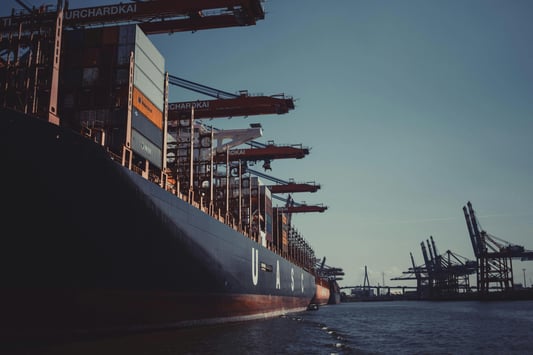The Process of Home Textile InspectionHome textile inspection is a crucial step in ensuring that the products we bring into our homes meet quality standards. During the inspection process, trained professionals carefully examine various aspects of the textiles to guarantee they are safe, durable, and free from defects.Quality Control in Home Textile InspectionQuality control is an essential part of the home textile inspection process. Inspectors check for inconsistencies in color, stitching, and overall construction to identify any potential defects that could affect the product's performance or longevity.Importance of Compliance in Home Textile InspectionCompliance with industry standards is key in home textile inspection. By adhering to specific guidelines and regulations, manufacturers can ensure that their products are safe for consumers to use and meet legal requirements for distribution.Common Defects Found in Home Textile InspectionDuring the inspection process, common defects found in home textiles include loose threads, uneven stitching, fabric discoloration, and incorrect sizing. Identifying these defects early on helps prevent issues down the line.The Role of Technology in Home Textile InspectionAdvancements in technology have revolutionized the home textile inspection process. Tools like automated scanning systems and digital imaging help inspectors detect defects more efficiently and accurately, improving overall quality control measures.Training and Certification for Home Textile InspectorsTo become a successful home textile inspector, individuals must undergo specialized training and certification programs. These programs cover essential topics such as fabric identification, defect recognition, and industry regulations.Benefits of Third-Party Home Textile InspectionThird-party inspection services offer an unbiased perspective on home textiles. By outsourcing the inspection process to a reputable company, manufacturers can gain valuable insights into the quality of their products and make necessary improvements.Sustainability in Home Textile InspectionSustainability is a growing concern in the textile industry. Inspectors now focus on ensuring that home textiles are produced using eco-friendly materials and processes to minimize environmental impact and promote a greener future.Global Standards for Home Textile InspectionGlobal standards play a crucial role in harmonizing home textile inspection practices worldwide. Organizations like the International Organization for Standardization (ISO) work to establish consistent criteria for quality and safety in the industry.Consumer Awareness and Home Textile InspectionConsumer awareness of home textile inspection processes is on the rise. By educating themselves on what to look for in quality textiles, consumers can make informed purchasing decisions and support manufacturers who prioritize quality control.Quote InquiryContact us!










